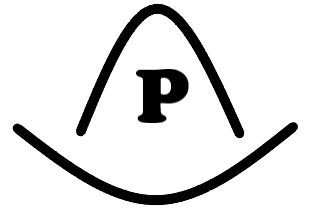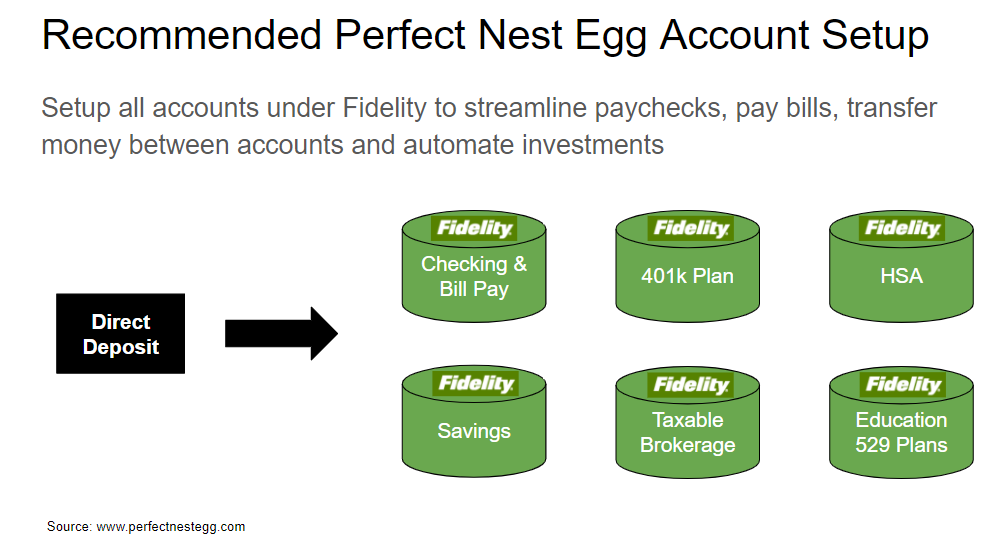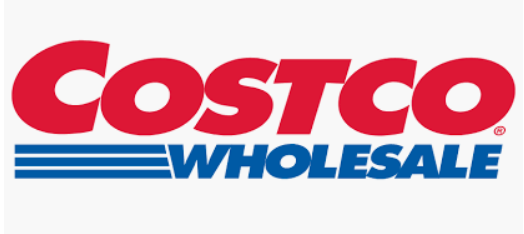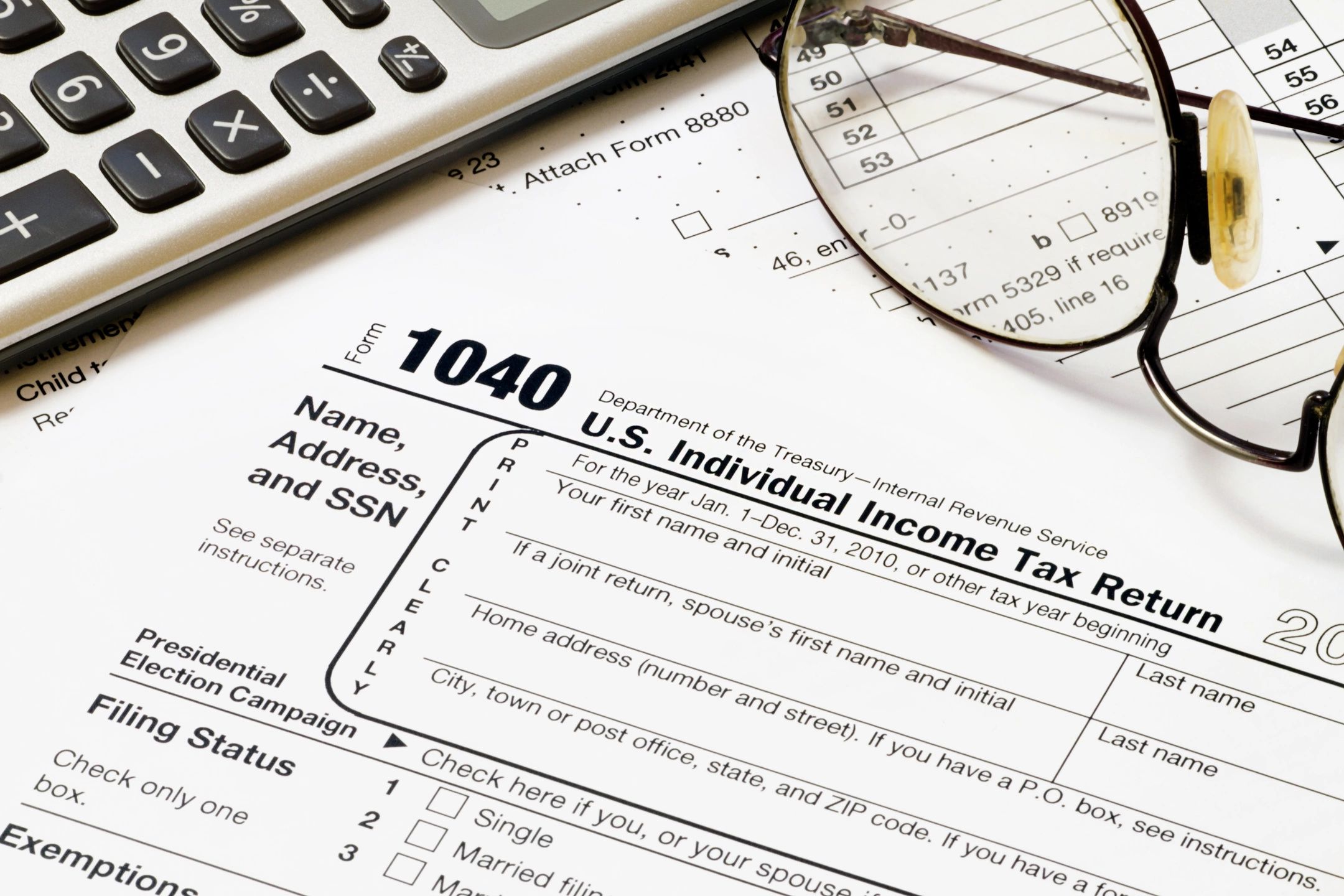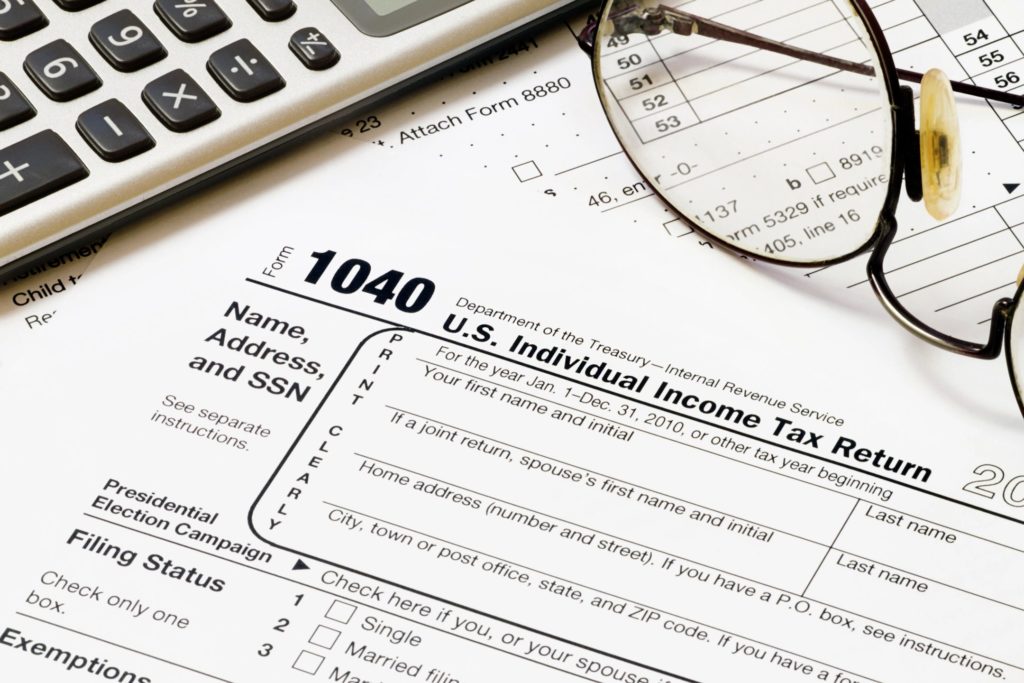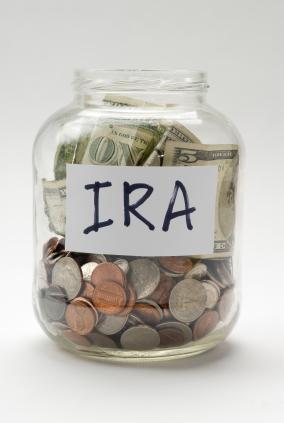Is Costco a good way to save money? The answer is yes and no.
Bulk Products – Yes
Bulk products save money in the long run as the cost per unit is always lower relative to standard grocery store chains. Think spaghetti sauce, macaroni & cheese and peanut butter. If you regularly buy these items for meals, Costco is a great way to keep your grocery costs down.
Alcohol – Yes
Liquor, beer and wine prices are always lower than other stores. Also, consider the Kirkland brands, e.g. Vodka and Chardonnay.
Gas – Yes
Best prices in town and extra rewards if you use your Costco Visa Rewards Card.
Dairy products – It Depends
Eggs, milk and butter will save you money, but only if you consume the food before expiration. Families of four or more don’t need to worry, but if you are single and likely won’t eat everything, you are better off buying these items on sale at your local grocery store.
$4.99 Rotisserie Chicken – Yes, Yes and Yes!
Special call out to the $4.99 rotisserie whole chicken! Hands down the best deal in your neighborhood and great item for dinner with rice and veggies, shredded for tacos/enchiladas or leftovers for lunch.
Other Stuff – It Depends
Ever notice you can’t get through Costco without spending $200 bucks? It adds up quick right? This is where Costco makes its money and you lose it. Think about it, if Costco only sold bulk items, customers would only come to the store monthly and the margins would not be high enough for Costco to stay in business.
So, aside from the annual membership, how does Costco make it’s money? The answer is all the “other stuff.” This is where you end up buying a new vacuum cleaner (when the one at home works just fine) or a 10-man tent (when you have a 4 man tent in your garage), ironing boards, coffee makers, pots/pans, toys, paper shredders you never use, extra dining chairs used once a year, and the patio heater that sits in your back yard collecting cobwebs.
Final Thoughts
In one way, Costco is a great example of American capitalism – it delivers value to customers and a profit to shareholders. In another way, it fuels the fire of US consumerism and the ever expanding US and China trade deficit. Every week families buy more stuff they don’t need. And, now we see corresponding minimalism movements with Netflix documentaries like the Minimalists or the popularity of organizing gurus like Marie Kondo who specialize in cleaning out households.
In the end, I have been a member of Costco for years and will continue to shop there, but will do my best to stick to the grocery list.
